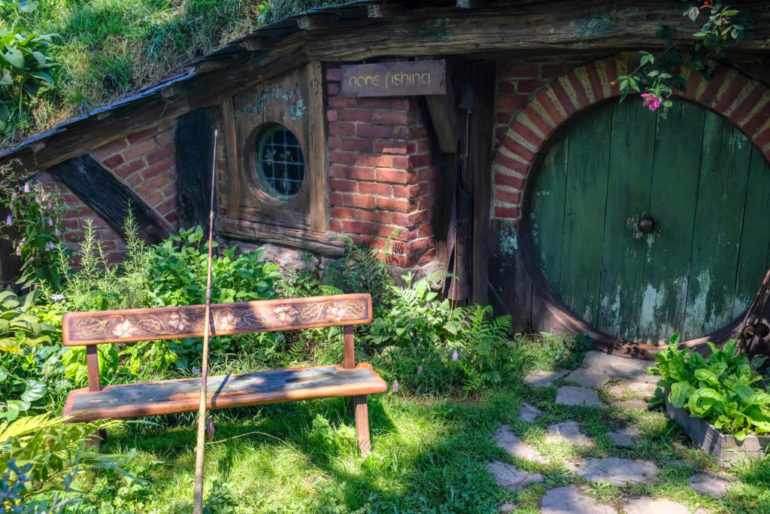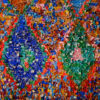Everywhere you turn in New Zealand, there’s some sort of Lord of The Rings reference. There’s the WETA Workshop in Wellington, where you can learn about the special effects in the movie, and filming locations all over the North and South Islands. It’s a dream destination for dedicated fans. But there’s one place that people will visit, even if they’ve never even heard of the trilogy: Hobbiton.
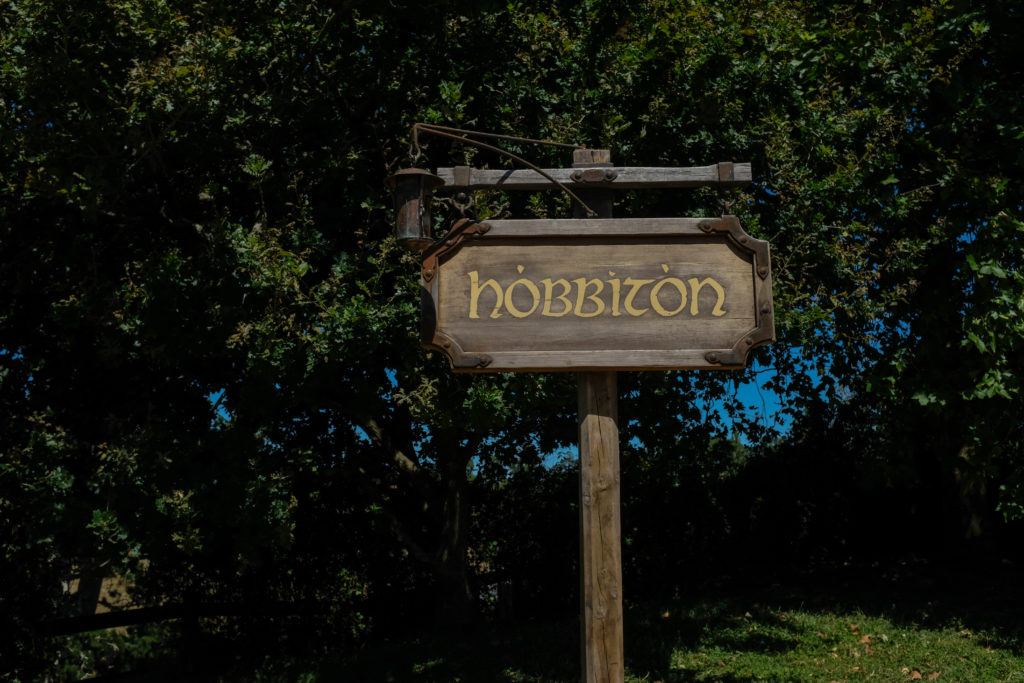
And it really is special. Movie sets are often considered as temporary environments that are taken down afterward. This demolition happened with the original Hobbiton, which was originally made of materials like ply and styrofoam. However, Peter Jackson ended up loving The Shire so much that he ended up getting the rights to recreate Hobbiton a second time, this time out of permanent materials.
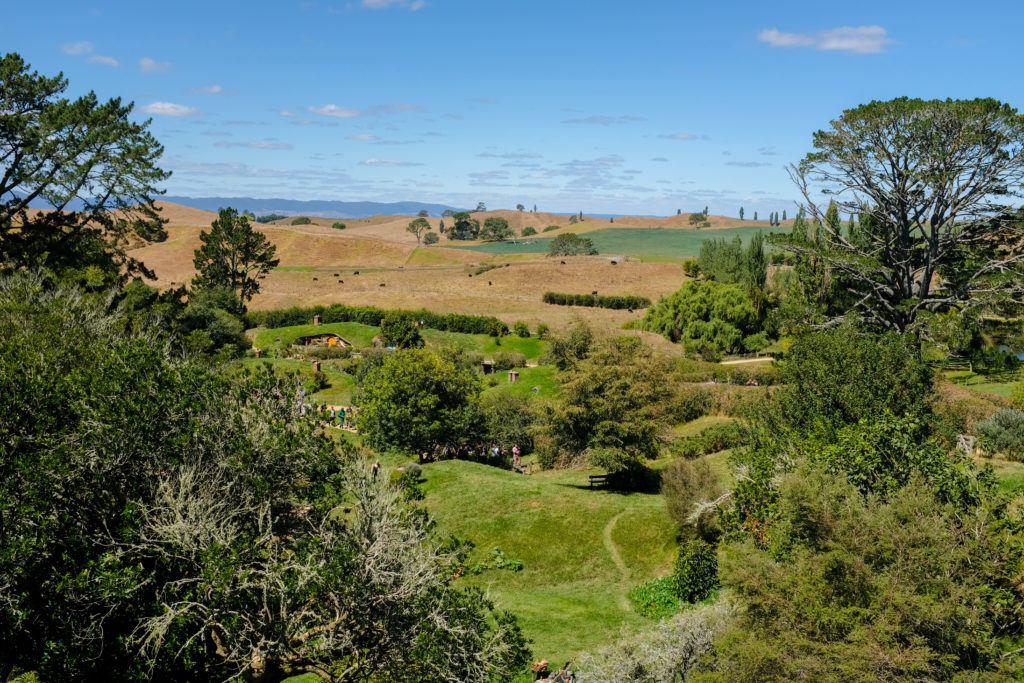
To get to Hobbiton, we took a bus from the Matamata I-Site, the visitor center for the town where it’s based. Their building was shaped like a hobbit hole as well, which shows how much the locals have embraced their ties to the setting.
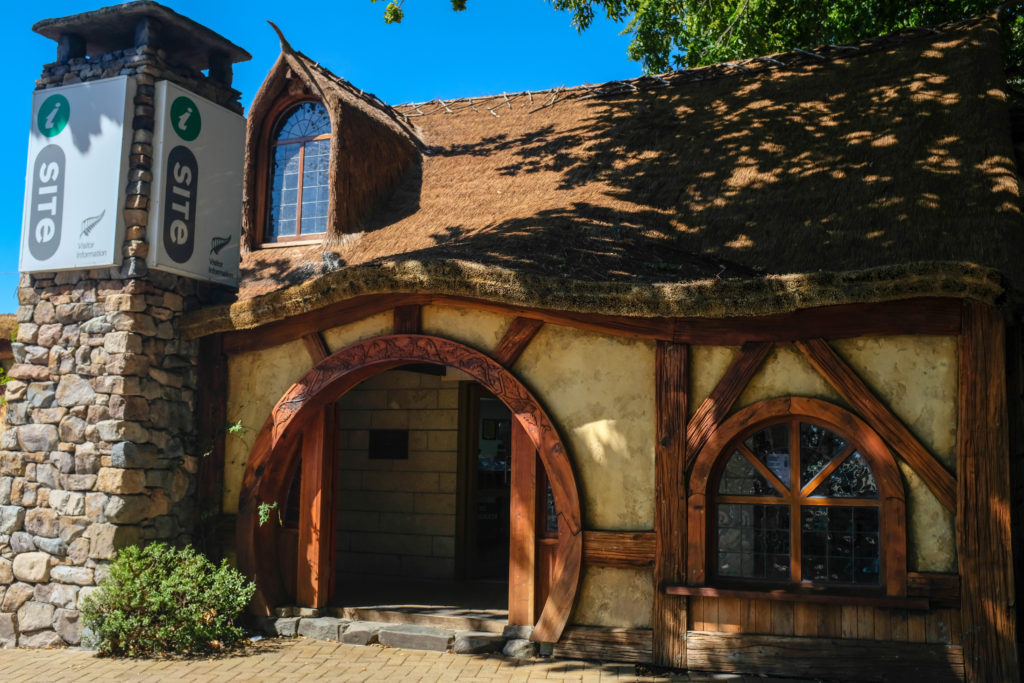
On the ride, we passed through bright blue lakes and rolling green pastures, dotted with farm animals. Even if there wasn’t a Hobbit village carved into it, it would be a landscape worth visiting. In fact, before it was scouted during an aerial search and converted into a movie set, it was the Alexander family farm, quiet and full of sheep and cattle. It was nature that created this landscape, but the film crew who turned it into the magical place it currently is.
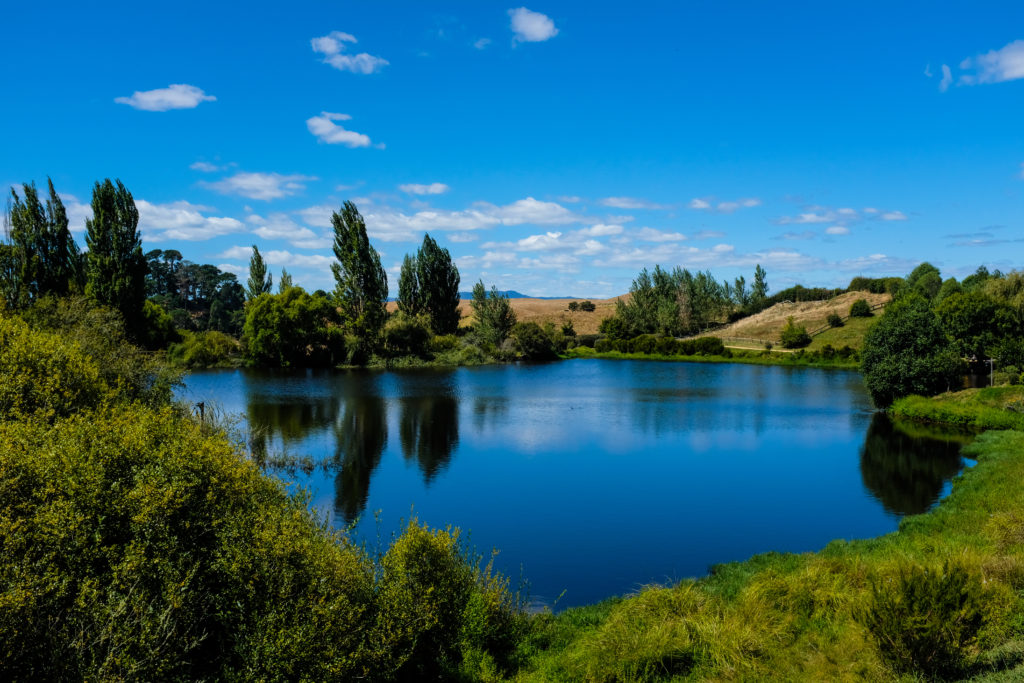
When we arrived, we were greeted by a tour guide, who walked us through the village. After spending a few hours in Hobbiton, I left with the impression that it was more than just an iconic movie set—it felt alive in its own way, an idyllic refuge for all. I’ve visited my share of movie sets and theme parks, but Hobbiton stood out in terms of its attention to detail. Some examples of how they created this place:
The village felt completely lived-in. The chimneys of the hobbit holes were actually burning Maneka wood chips and producing smoke. Apparently, the film crew applied vinegar and yoghurt to the bricks to help make the wood look older. Additionally, laundry was hanging from each clothesline. Apparently, Peter Jackson asked the film crew to hang their actual wet laundry every day for three weeks before the film was shot, so the grass path toward each clothesline would be trampled down and trodden. He said Hobbiton needed to be a village in use, not just for show. It was these handcrafted, charming details that really won me over and made me feel like I was no longer in our current time period—I felt fully submerged in a fantasy world.
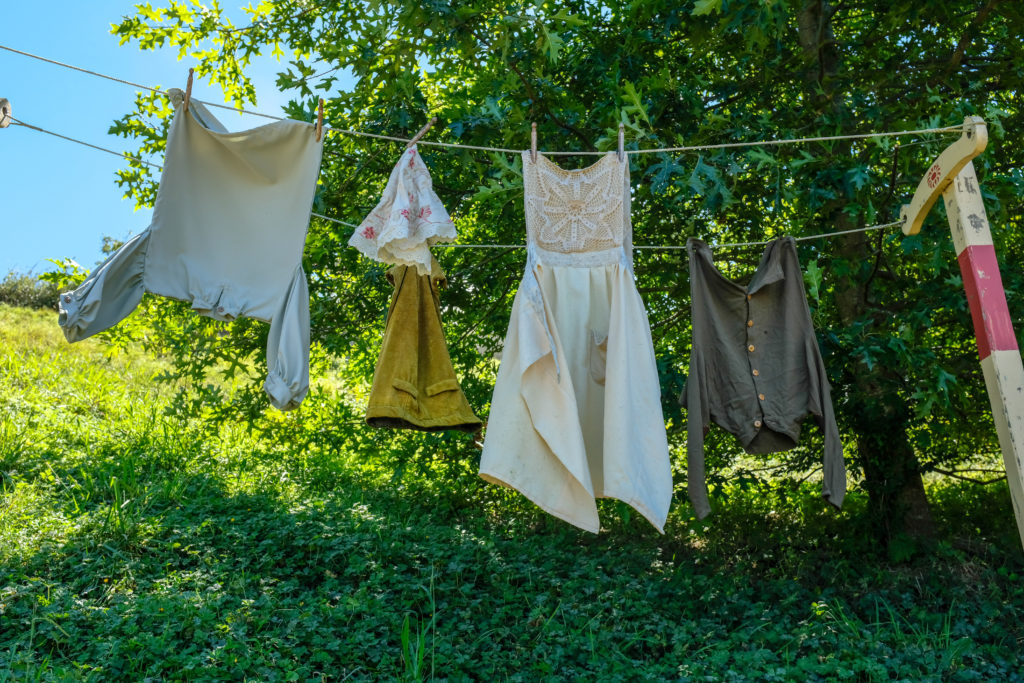
The gardens were real. They had a variety of vegetables and flowers sourced from the local countryside. They were maintained by real gardeners, who could take home their produce after it was ripe. There were only a few things that were artificial. For example, when the film crew couldn’t get plum trees, they planted apple trees and replaced the fruit and branches with fake plums and plum leaves. They also had robotic ducks that flew around the campus, which I found quite odd and unnecessary.
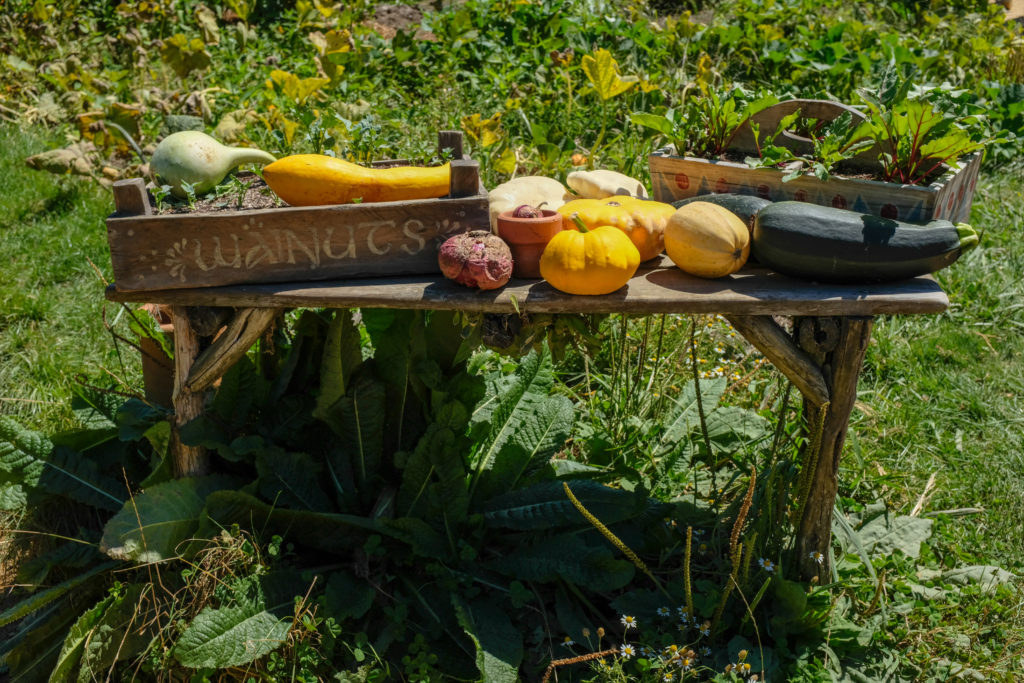
There were 44 different hobbit holes, all personalized and in a range of sizes. Some doors were giant, while others were tiny. The intention was to make certain characters like Frodo look shorter, while others like Gandalf would look taller, a concept called forced perspective.
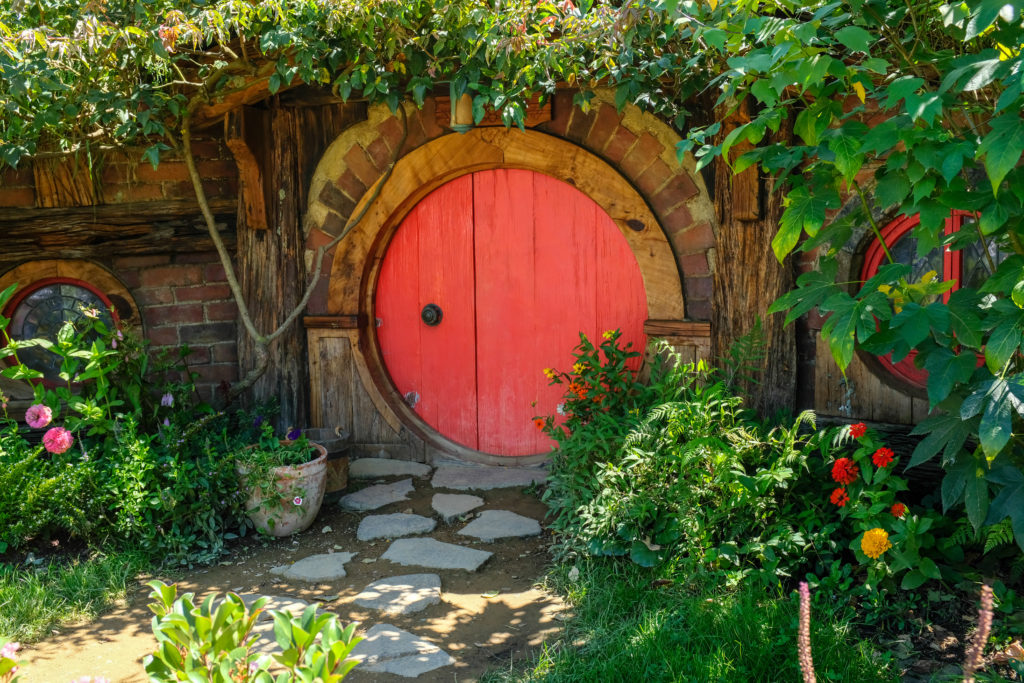
Hobbit actors were hired based on how much their real personalities aligned with the characters. Casting was based on people who really did have hobbit personalities in real life—short, round faces, eager to laugh, a mischievous glint in their eyes. Peter Jackson also cast people’s children as hobbits. Sometimes, it was a complete surprise, so the actors’ reaction upon seeing their children were actually genuine.
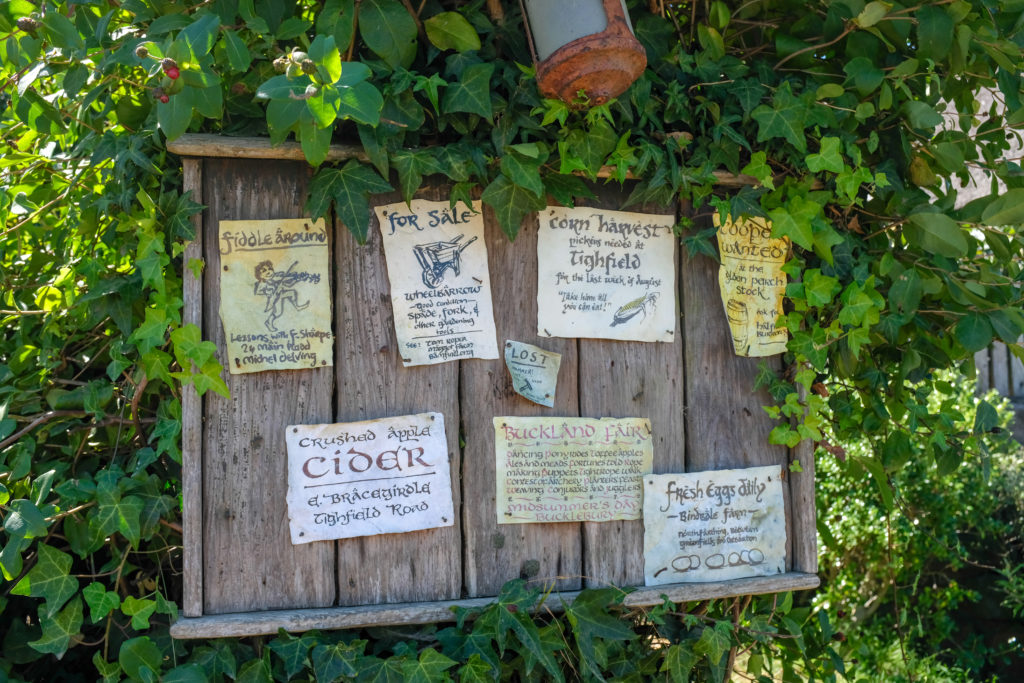
The Green Dragon served real food and drinks. After exploring the village, you could sit inside the pub and order drinks like apple cider and ginger beer. If you wanted fresh air, you could also chill in the backyard garden under the shady willow tree outside.
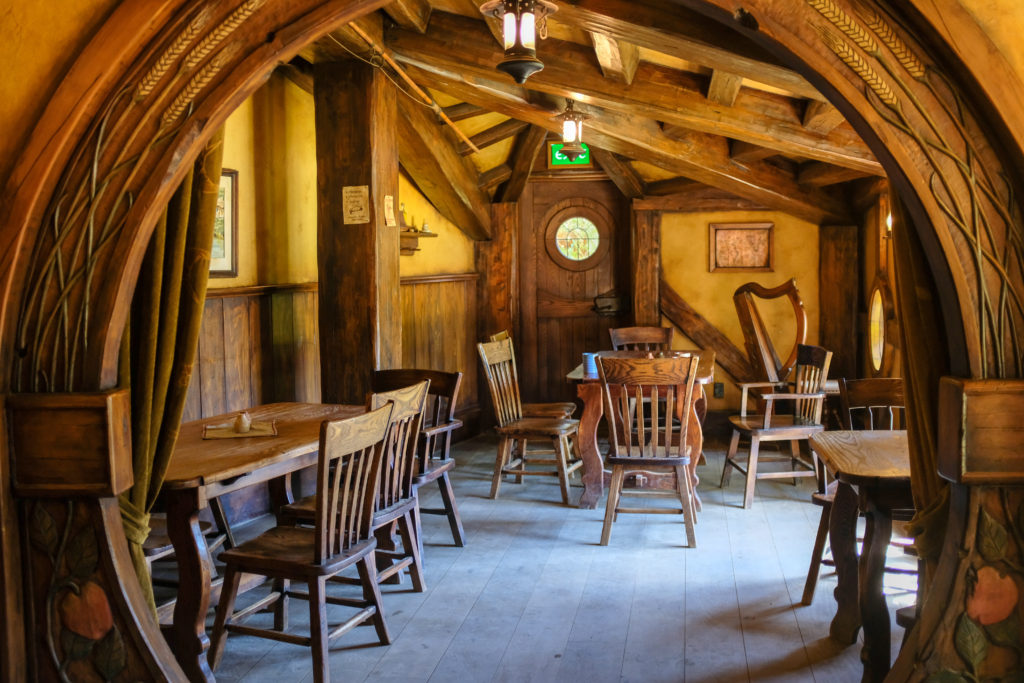
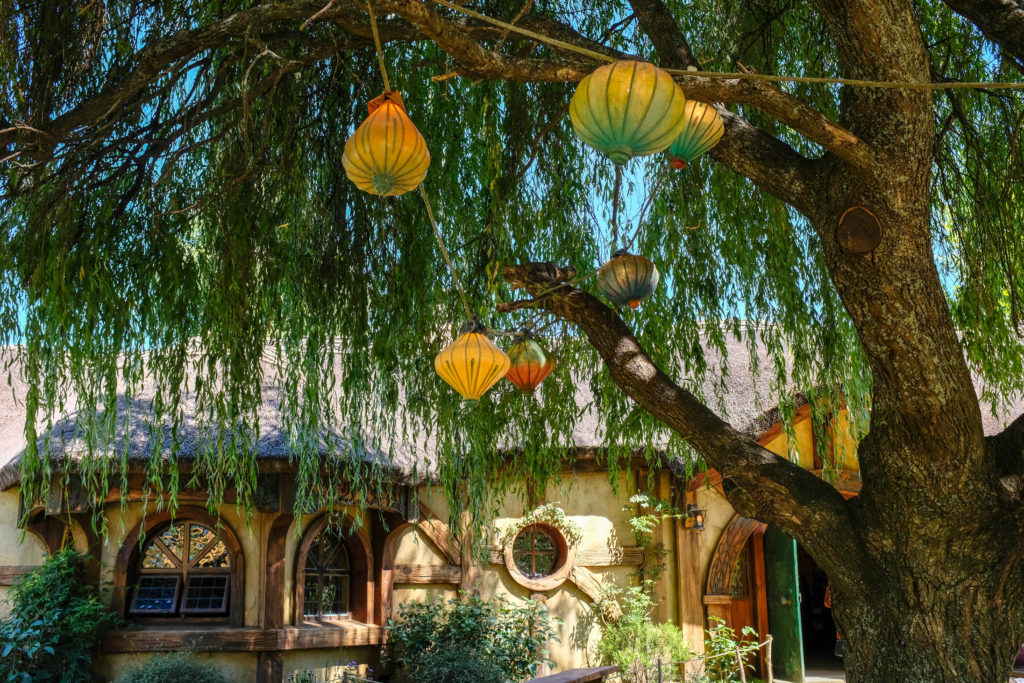
Visiting the set was an awesome experience, because it made me realize how much dedication you can have to your work. From working in a design firm, I’ve seen designers spend hours perfecting a shadow or finding the right color, and for my own writing, I often take a long time trying to craft the right sentence. It was cool to see how this attention to detail was applied to a movie setting, to allow visitors and viewers to immerse themselves as much as possible.

